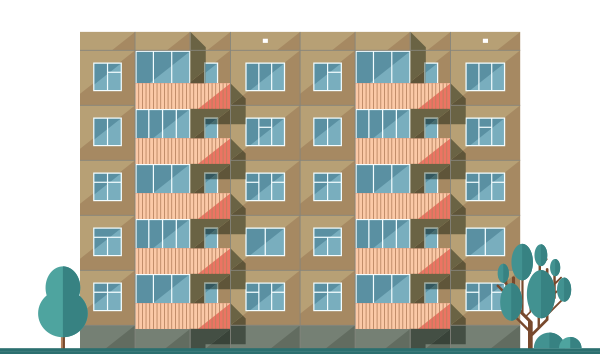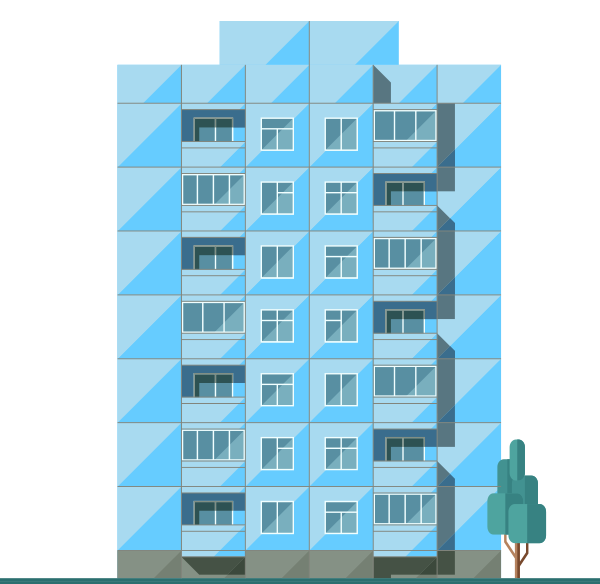IAPMO Water Demand Calculator
We did the math: correctly sized plumbing pipes reduce construction costs and address water aging
Plumbing systems in new home construction are routinely overbuilt, increasing housing costs because the most commonly-used pipe sizing formula is almost 90 years old – developed well before today’s innovative low-flow fixtures and appliances came on the scene.
Using the IAPMO Water Demand Calculator for new residential construction reduces water aging, delivers hot water faster, generates significant construction cost savings, and saves water and energy. A study by the engineering firm Arup found that using the IAPMO Water Demand Calculator saved an average of 500 gallons per dwelling unit per year Which means a development of 25-30 new homes would save the average residential swimming pool-worth of water every year.
Unnecessary New Home Construction Costs From Outdated Pipe Sizing



Savings in New Home Construction From Proper Pipe Sizing

Single-family Home
The total average savings for a typical single-family home can exceed $2,000 and can be as high as $5,000, depending on location.

45-unit Multi-family Building
The potential savings are even higher and can exceed $100,000 on a 45-unit multi-family building, especially where utility meter connection fees are high due to water scarcity.

200-unit High Rise Apartment
Could see about $250,000 in water plumbing system construction savings, while the owner could save over $10,000 per year in water and sewer charges.
Excessive construction and meter connection costs are just the beginning. Oversized pipes just don’t work as well with today’s high-efficiency fixtures and appliances.
Hot water taking too long to get to your shower? Large-volume pipe diameters cause hot water delivery delays to low-flow fixtures. Even worse are the risks of water-borne pathogens from water aging and stagnation in oversized residential water pipes.
Problems With Outdated Pipe Sizing
The IAPMO Water Demand Calculator accurately predicts peak water demand in single-family homes and apartment buildings, reducing the carbon footprint of the structure and saving consumers on both their water and water heating-related energy utility bills for the entire life of the plumbing system.
Benefits of Proper Pipe Sizing
IAPMO Water Demand Calculator Success Stories
Additional Information:
- Learn more about Hunter’s Curve
by Judy Wohlt, PMI Communications Team, Valek and Co. - Studies Detail the Cost Saving Potential of the Water Demand Calculator
- Water Demand Calculator Study
- AWE Review of Connection Fees and Service Charges by Meter Size
- Learn more about plumbing codes and the UPC vs. the IPC

